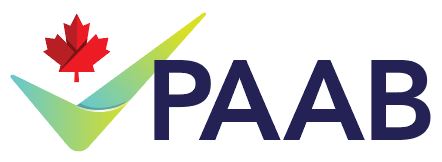Disease State Clinical Reprint
-
Hello. I had a very specific question regarding journal reprints. With respect to clinical reprints that are more focused on disease state and/or are meant to be practice defining documents (clinical resource documents, guidelines); can they be shared in a promotional way by sales reps (ie with accompanying word of mouth, in proactive manner etc).
I understand that in a previous question, it was clarified that clinical reprints must abide by PAAB codes sections 2,3,4,5. However, in section 3.1.1 it states that Review articles, pooled data,
meta-analysis, post-hoc analysis, and observational studies are
generally regarded as not being evidence to support claims in drug
advertising. However, in the context of review articles discussing disease state or practice defining documents, does this point still apply? as the reprint is meant to raise awareness on the disease state and clinical practice for managing the patient population?thanks in advance for your consideration and support.
-
Hello. I had a very specific question regarding journal reprints. With respect to clinical reprints that are more focused on disease state and/or are meant to be practice defining documents (clinical resource documents, guidelines); can they be shared in a promotional way by sales reps (ie with accompanying word of mouth, in proactive manner etc).
I understand that in a previous question, it was clarified that clinical reprints must abide by PAAB codes sections 2,3,4,5. However, in section 3.1.1 it states that Review articles, pooled data,
meta-analysis, post-hoc analysis, and observational studies are
generally regarded as not being evidence to support claims in drug
advertising. However, in the context of review articles discussing disease state or practice defining documents, does this point still apply? as the reprint is meant to raise awareness on the disease state and clinical practice for managing the patient population?thanks in advance for your consideration and support.
Hello @uarabi90
In general, we may consider review articles for disease state claims when the reference is published, peer-reviewed and independent of influence from the manufacturer. This however, should not be extrapolated out to health product content (e.g. if the “practice defining documents” or “clinical practice for managing the patient population” directly/indirectly refers to health products; “treatment algorithms”; “treatment recommendations”, etc.). These should come from Canadian consensus guidelines (see Code section 3.2). It would not be acceptable to distribute these types of papers in the context of drug advertising. A complete consensus guideline could be distributed.
The activity of sales rep discussion does not fall under the scope of the PAAB code. As a courtesy, we invite the client to consider the following when deciding whether to move forward:
- Although the activity does not fall under the scope of the PAAB code, it does fall in the realm of advertising and is thus subject to the provisions of the Food and Drugs Act. If the activity is deemed to be misleading, it could be found to be in contravention of the Food and Drugs Act.
